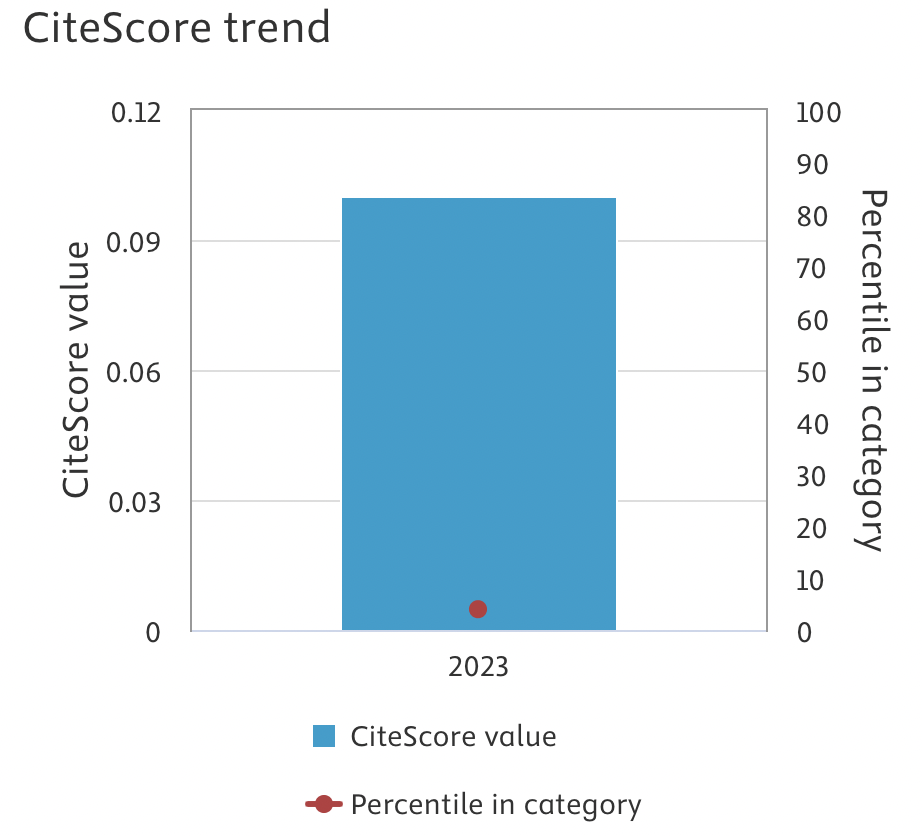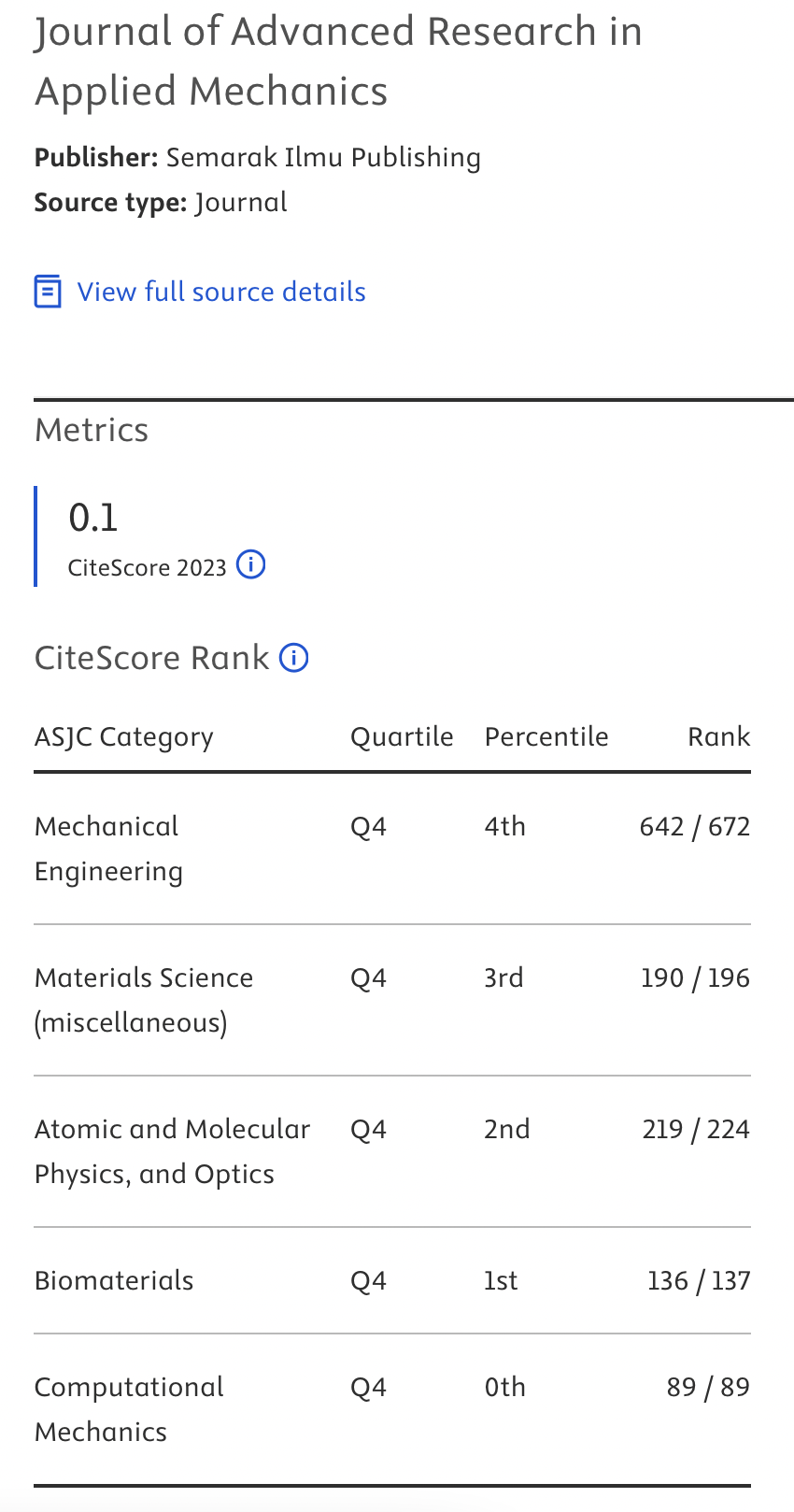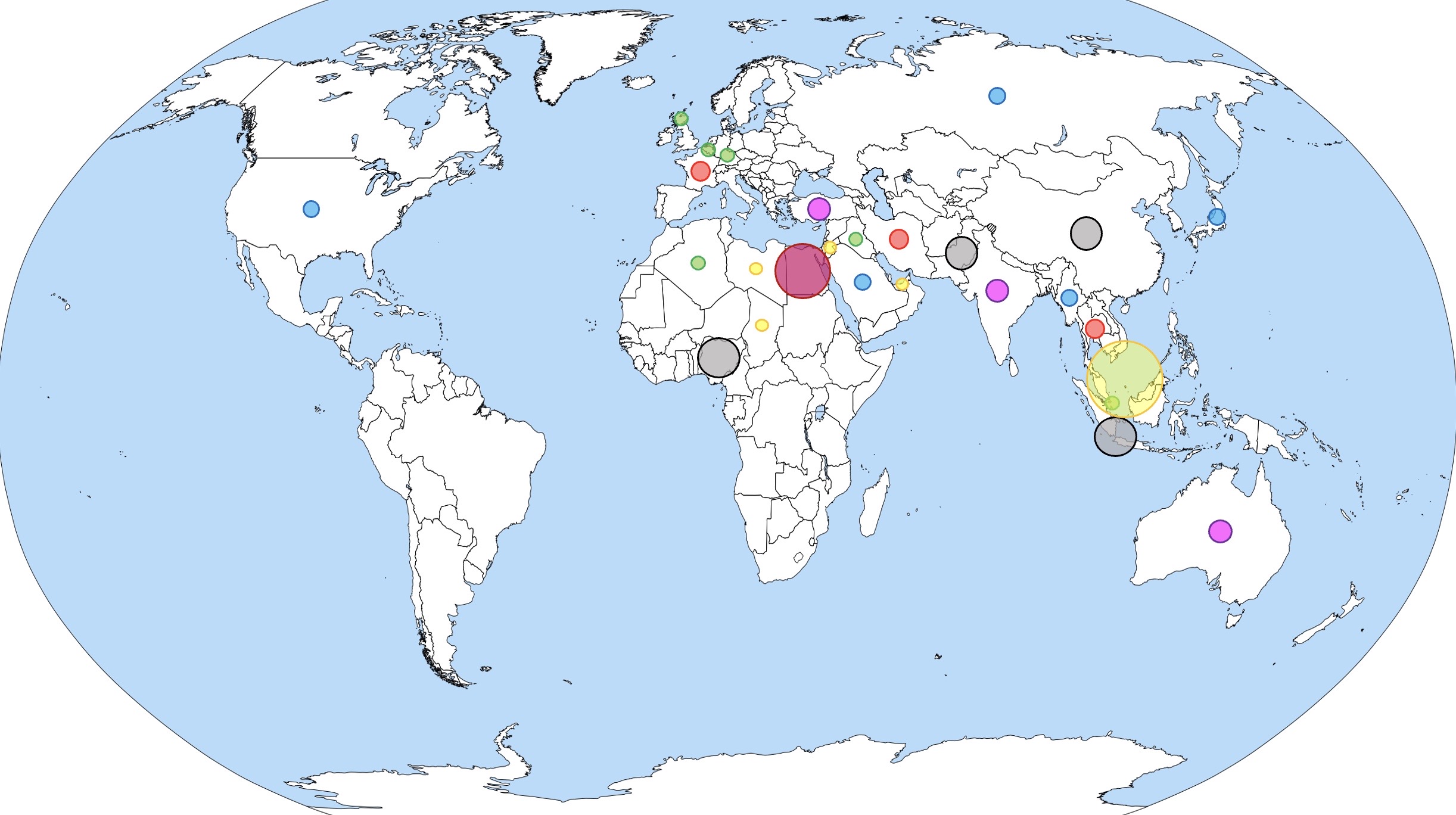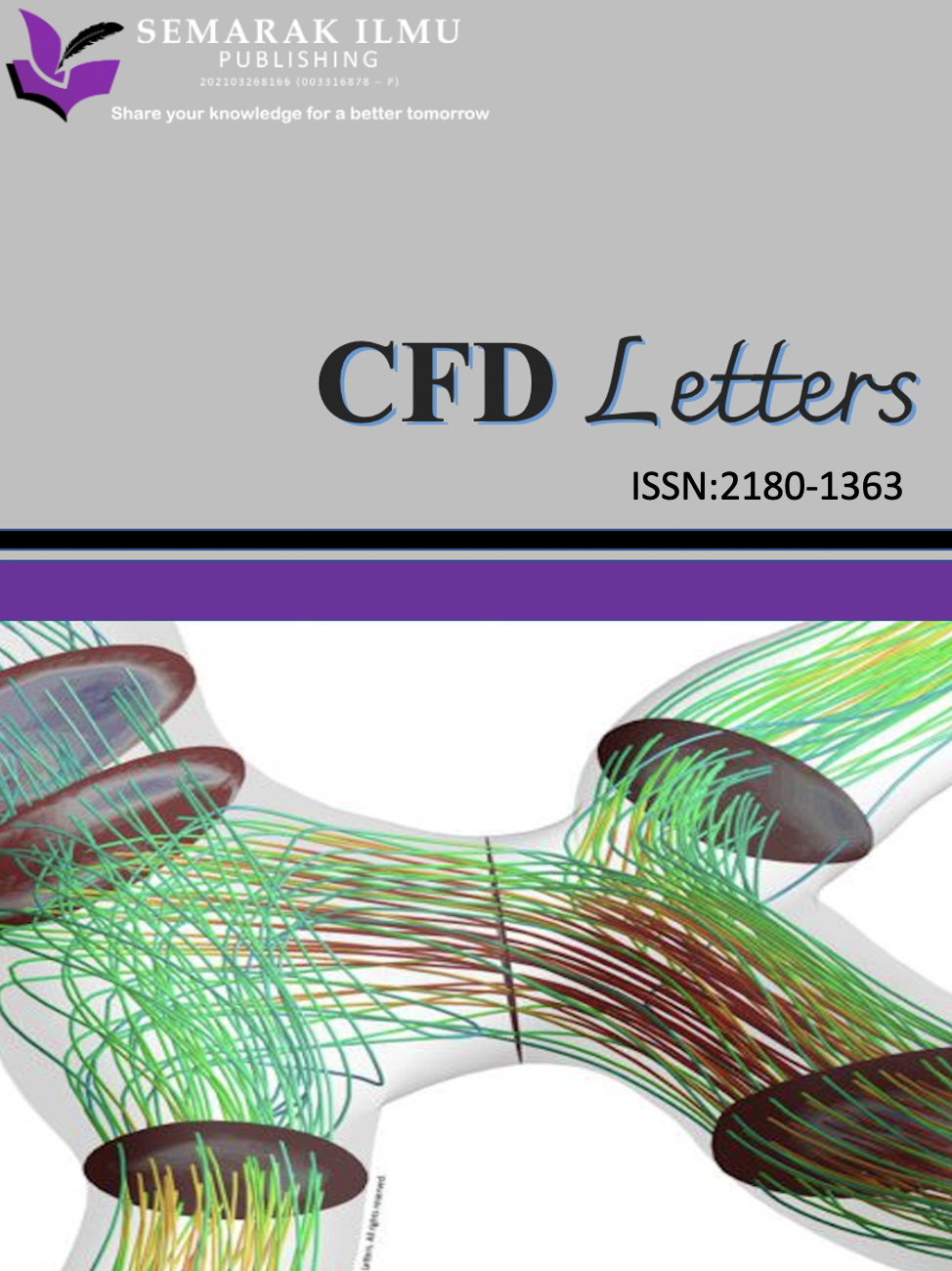Model Predictive Control Based MPPT for Solar PV Application
DOI:
https://doi.org/10.37934/aram.131.1.7386Keywords:
Maximum Power Point, Solar PV Application, Boost Converter, Model Predictive ControlAbstract
This paper presents a study of maximum power point tracking (MPPT) based algorithms for solar-powered applications. Among the most used algorithms is the hill climbing MPPT which offers a simple and effective method that continuously adjusts the operating point to track the MPPT. Its significant advantage is its relatively simple algorithm structure and cost-effective implementation. However, the hill climbing method is not without any drawbacks. One notable limitation is its susceptibility to local maximum trapping where the algorithm locks onto a local maximum and fails to identify the true maximum point, leading to suboptimal performance and reduced energy harvest. Additionally, oscillations can occur, particularly when the step size is too large or when the environmental conditions fluctuate rapidly. These oscillations can diminish system efficiency and stability when used in a practical environment where conditions are more dynamic. Furthermore, hill climbing may exhibit inefficiency in certain scenarios such as partial shading or low-light conditions. Hence, a more sophisticated MPPT must be considered to accurately locate the true MPPT, resulting in increased energy extraction and robust against various environmental conditions. Here, a more complex controller such as model predictive control (MPC) is suggested to observe its capabilities in eliminating the stated shortcomings and other notable advantages compared to hill climbing MPPT. To implement MPC for solar MPPT, a mathematical model of the PV system is required which allows the algorithm to anticipate changes and adjust the operating point accordingly. The proposed system consists of a 200W boost converter and Phaesun Sun Plus 20 as the solar module. Comparative studies under static and dynamic operating conditions for different hill climbing categories such as perturb and observation (P&O), incremental conductance (INC), and incremental resistance (IR) show that MPC has better performance of power when considering a faster response, higher output, and lower oscillation. The analysis is validated through a laboratory prototype which is demonstrated using the Atmega2560 microcontroller (MCU) board.
Downloads



























